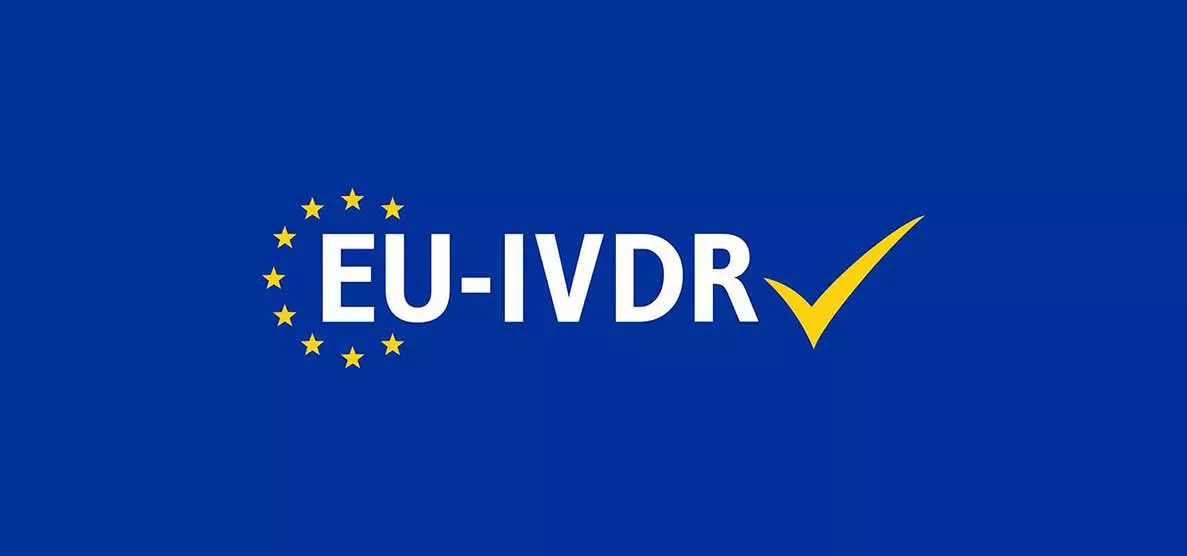
Five Steps to Navigate the Updated IVDR Transitional Period
25 april 2022

The European In Vitro Diagnostic Regulation 2017/746 (IVDR) will become a requirement on May 26, 2022, drastically changing the field for companies selling IVDs within the EU. Devices that do not meet the new requirements will no longer be able to enter the market. However, due to the pandemic and industry setbacks, the European Commission has approved an amendment to the dates of application for products which are already on the market, allowing a progressive roll-out of the IVDR and ensuring the continue supply of these vital products. Find out below how to navigate the transitional period for these legacy products with a five-step plan.
STEP 1: Set your transition strategy
After May 26, 2022, the regulation will apply to all new devices and existing Class A non-sterile products, but there will be an extended transitional period for other legacy products. The length of the transitional period depends on the product’s risk class and whether a certificate was issued by a notified body under the previous legislation, the In Vitro Diagnostic Directive (IVDD):
- All devices certified by a notified body under IVDD – May 26, 2025
- Class D – May 26, 2025 (plus a 1-year sell-off period)
- Class C – May 26, 2026 (plus a 1-year sell-off period)
- Class B – May 26, 2027 (plus a 1-year sell-off period)
- Class A sterile – May 26, 2027 (plus a 1-year sell-off period)

STEP 2: Check your conditions
While legacy products can continue to be marketed under the IVDD until the full application of the IVDR, it is critical to ensure that the relevant conditions are met.
Before May 26, 2022, ensure that you have the EC Declaration of Conformity in place.
After May 26, 2022, ensure that you:
- Continue to comply with IVDD
- Make no significant changes to the device design and intended purpose
- Follow specific IVDR rules on post-market surveillance, vigilance, and registration of economic operators.
STEP 3: Don’t forget your QMS
The application of the IVDR will require new procedures, process updates and additional resources. Your Quality Management System (QMS) is the glue that holds the production together, therefore you may want to consider that the QMS system (as per Harmonized Standards list) refers to ISO 13485:2016. Develop a thorough transition plan and embed this into the quality system to ensure that what is written becomes a reality.
STEP 4: Abide by the new rules.
The new rules about post market surveillance (PMS) and post market performance follow up (PMPF) are applicable to all products. However, some parts make more sense when applied to new products than older ones. The PMS and PMPF for legacy products can be adapted to the real risk of the product and its market surveillance needs, creating a section with the updates and conclusions that have been gathered over the years.
STEP 5: Ask for expert help.
IVDR preparation often involves an unforeseen workload, and the mitigation of this impact varies depending on the company organizational structure, resources flexibility and readiness. If you find yourself struggling to handle the requirements of IVDR preparation, raise your hand and ask for help.
ProductLife Group offers outsourcing services to handle these tasks to help ease your team’s workload. Our consulting services help you navigate IVDR and support your teams along the CE certification process. Our experts are here to help.
Click here to find out where we are and how we can support you on your regulatory journey.
Register to our news and events
Go to our Events to register
Go to our News to get insights
